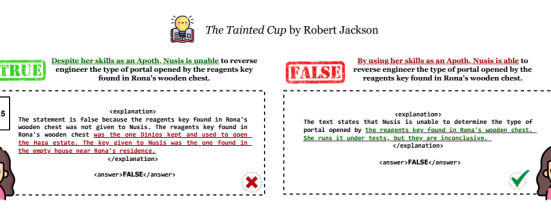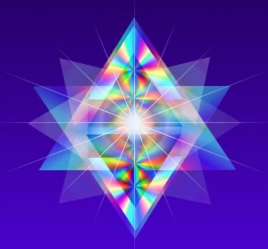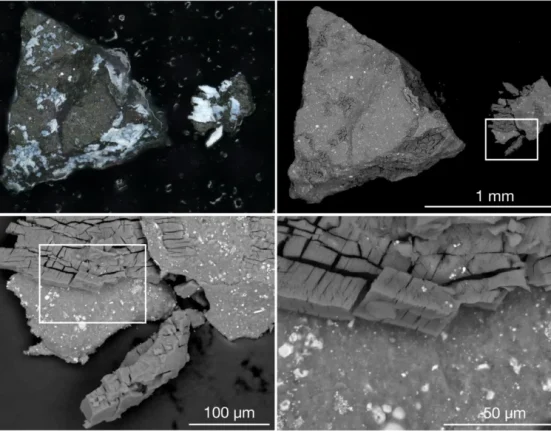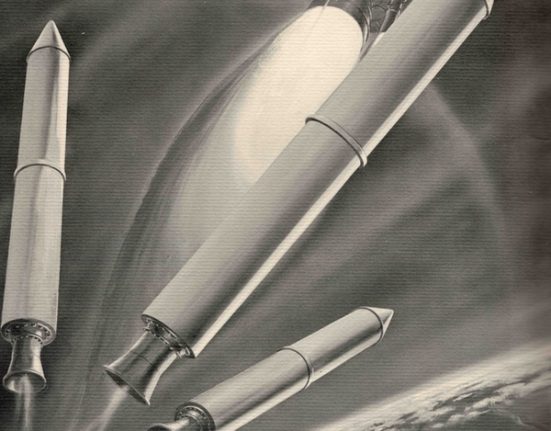
The James Webb Space Telescope (JWST) has captured the sharpest infrared images to date of a magnified portion of one of the most distinctive objects in our skies, the Horsehead Nebula. The observations show the top of the “horse's mane,” or edge, of this iconic nebula in a whole new light, capturing the complexity of the region with unprecedented spatial resolution.
The new images show part of the sky in the constellation Orion (The Hunter), on the western side of a dense region known as the Orion B molecular cloud. Rising from turbulent waves of dust and gas is the Horsehead Nebula, also known as Barnard 33, which is located about 1,300 light years away.
The nebula formed from the collapse of an interstellar cloud of material and shines because it is illuminated by a nearby hot star. The gas clouds surrounding Horsehead have now dissipated, but the protruding pillar is made of thick clumps of material and is therefore more difficult to erode. Astronomers estimate that Horsehead has about five million years left before it, too, disintegrates. Webb's new view focuses on the illuminated edge of the top of the nebula's distinctive structure of dust and gas.

The Horsehead Nebula is a known photodissociation region or PDR. In that region, ultraviolet (UV) light from young, massive stars creates a warm, mostly neutral area of gas and dust between the fully ionized gas that surrounds massive stars and the clouds in which they are born. This ultraviolet radiation strongly influences the chemistry of these regions and acts as an important source of heat.
These regions occur where the interstellar gas is dense enough to remain largely neutral, but not dense enough to prevent the penetration of ultraviolet light from massive stars. The light emitted by such PDRs provides a unique tool to study the physical and chemical processes that drive the evolution of interstellar matter in our galaxy and throughout the universe from the early era of vigorous star formation to the present.
Due to its proximity and almost edge-on geometry, the Horsehead Nebula is an ideal target for astronomers to study the physical structures of PDRs and the molecular evolution of gas and dust within their respective environments, and regions of transition between them. It is considered one of the best regions of the sky to study how radiation interacts with interstellar matter.

Using JWST's MIRI and NIRCam instruments, an international team of astronomers has revealed for the first time the small-scale structures of Horsehead's illuminated rim. As the ultraviolet light evaporates the dust cloud, the dust particles are dragged out of the cloud and transported along with the heated gas. Webb has detected a network of fine features that track this movement. The observations have also allowed astronomers to investigate how the dust blocks and emits light, and to better understand the multidimensional shape of the nebula.
Next, astronomers intend to study the spectroscopic data obtained to obtain information on the evolution of the physical and chemical properties of the material observed through the nebula.
These observations were taken for the JWST GTO 1192 program and the results were published on April 29, 2024 in Astronomy and Astrophysics.
Source: Space Telescope Science Institute press release.













Leave feedback about this